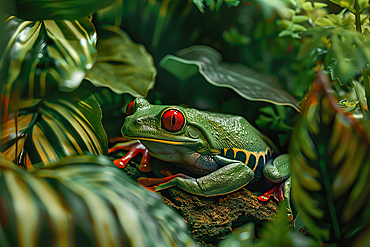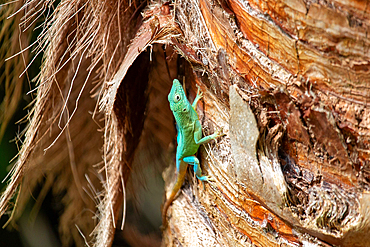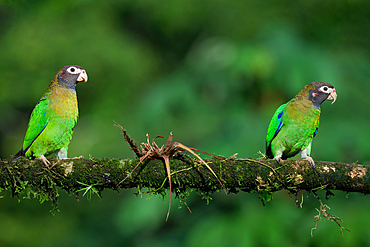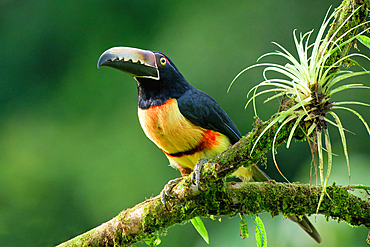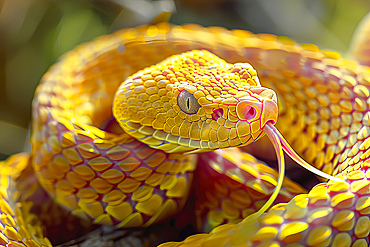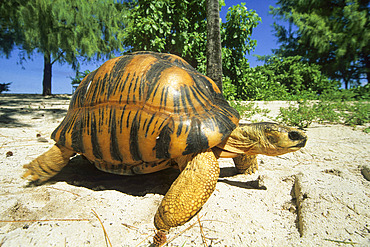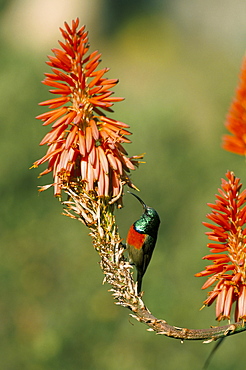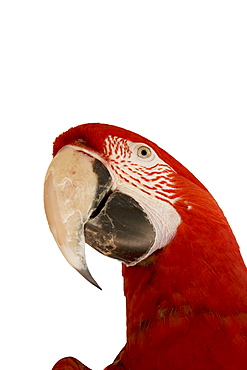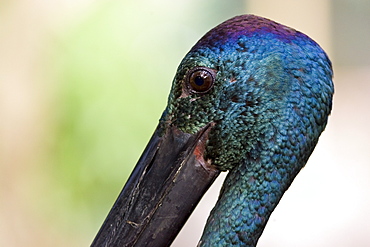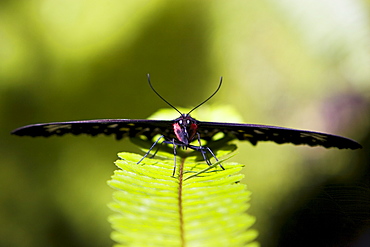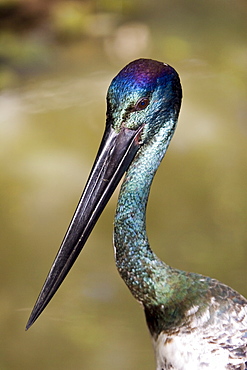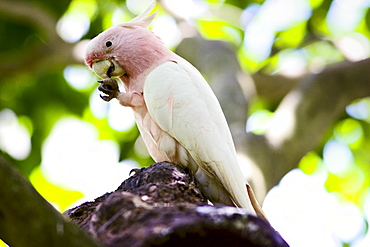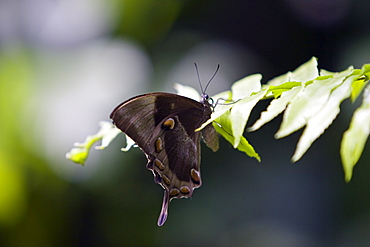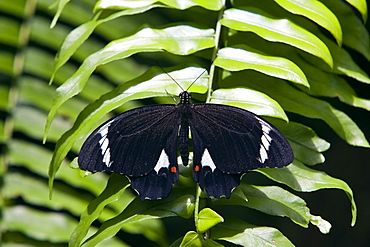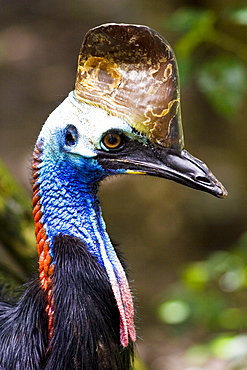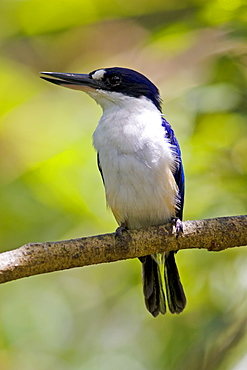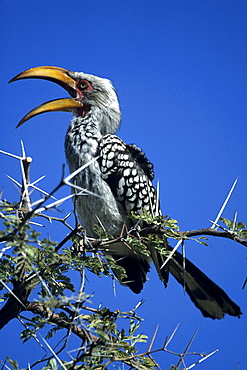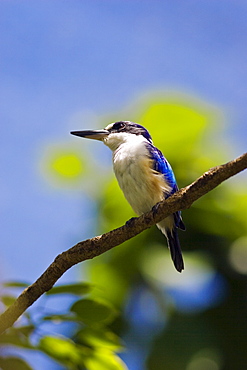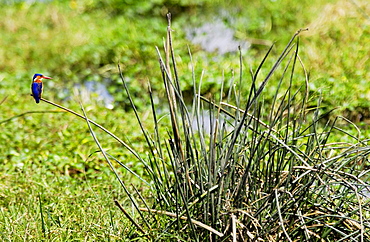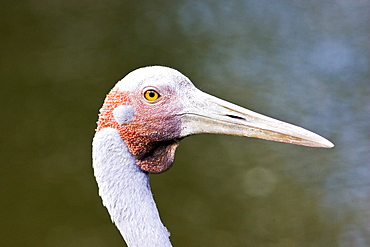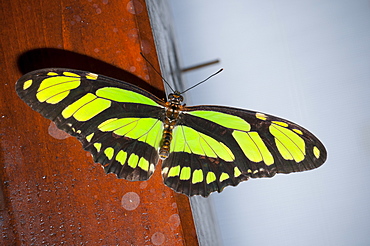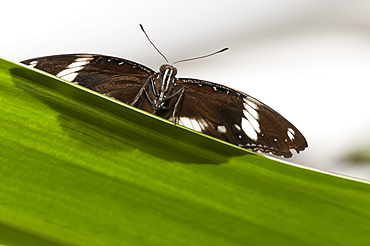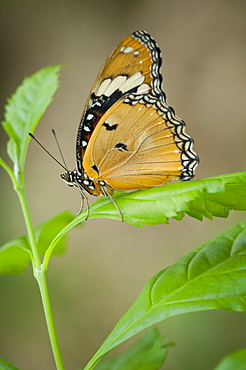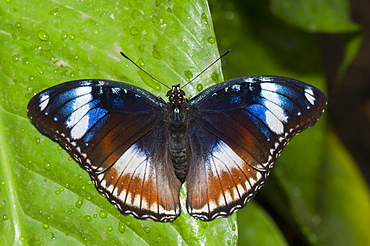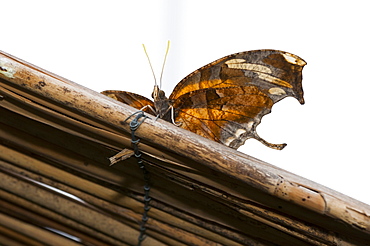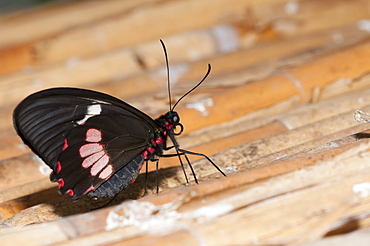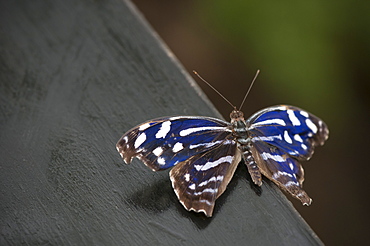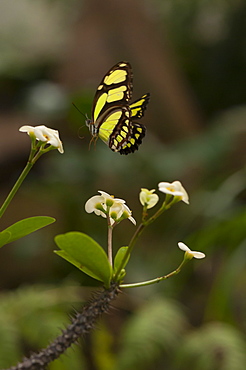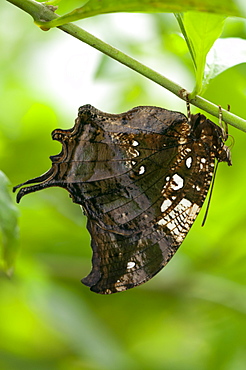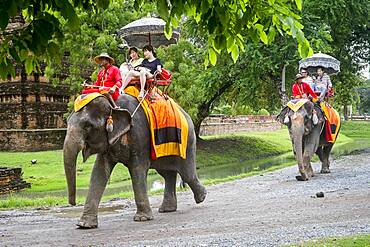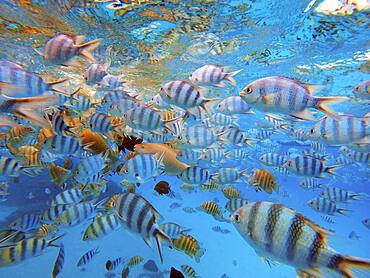Results
« Previous 1 2
175 results found
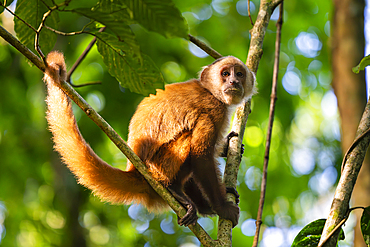
Brown capuchin monkey (Cebus apella) (Sapajus apella) on tree, Tambopata National Reserve, Puerto Maldonado, Tambopata Province, Madre de Dios, Peru, South America
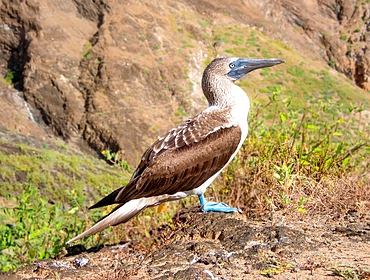
Blue Footed Booby (Sula nebouxii), a marine bird found in the Eastern Pacific whose unusual blue feet feature in courtship rituals, Galapagos, UNESCO World Heritage Site, Ecuador, South America
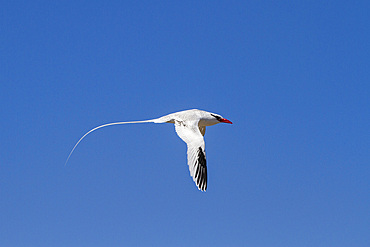
Adult red-billed tropicbird (Phaethon aethereus) in flight in the Galapagos Island Archipelago, UNESCO World Heritage Site, Ecuador, South America

Green chameleon camouflaged among lush foliage, displaying natural wildlife and adaptation at Kew Gardens, London, England, United Kingdom, Europe

Blue-footed booby (Sula nebouxii), in flight near Isla Salsipuedes, Baja California, Sea of Cortez, Mexico, North America
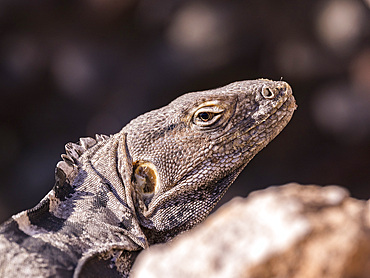
Adult San Esteban spiny-tailed iguana (Ctenosaura conspicuosa), endemic to Isla San Esteban, Baja California, Mexico, North America
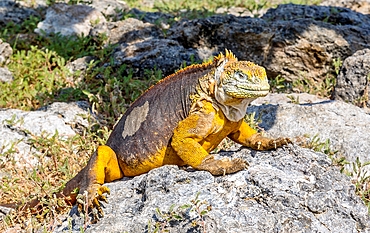
Galapagos Land Iguana (Conolophus subcristatus), large lizard can can grow to five feet long and live for 60 years, South Plaza island, Galapagos, UNESCO World Heritage Site, Ecuador, South America
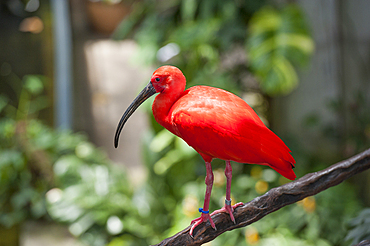
Scarlet ibis inside the Rainforest Pyramid, Moody Gardens, Galveston island, Gulf of Mexico, Texas, United States of America
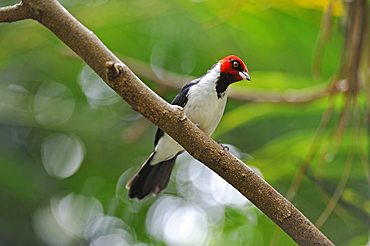
Red-capped cardinal (Paroaria gularis) in the Rainforest Pyramid, Moody Gardens, Galveston island, Gulf of Mexico, Texas, United States of America
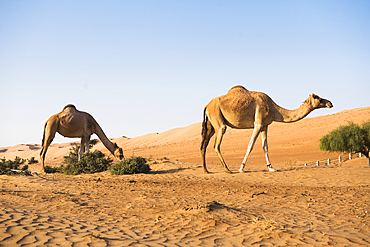
Camels in the Sharqiya Sands, formerly Wahiba Sands, desert region, Sultanate of Oman, Arabian Peninsula

Grey Heron (Maakana) on the shoreline of the lagoon on an exotic Island at dusk, The Maldives, Indian Ocean

A group of five Grey Herons (Maakana) and a gull, on the shoreline of the lagoon on an exotic Island in The Maldives, Indian Ocean

Grey Heron (Maakana) on the shoreline of the lagoon on an exotic Island in The Maldives, Indian Ocean

Living crocodiles for sale at the market of Mbandaka, Equateur province, Democratic Republic of Congo, Africa

Living crocodiles for sale at the market of Mbandaka, Equateur province, Democratic Republic of Congo, Africa
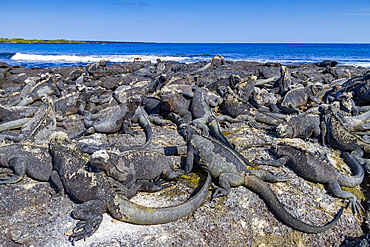
The endemic Galapagos marine iguana (Amblyrhynchus cristatus) in the Galapagos Island Archipelago, UNESCO World Heritage Site, Ecuador, South America
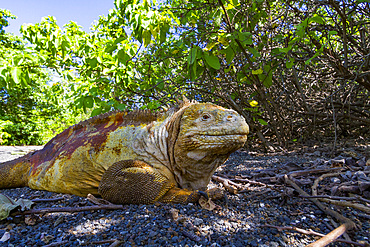
The very colorful Galapagos land iguana (Conolophus subcristatus) in the Galapagos Island Archipelago, UNESCO World Heritage Site, Ecuador, South America
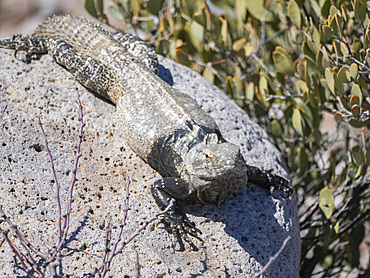
Adult San Esteban spiny-tailed iguana (Ctenosaura conspicuosa), endemic to Isla San Esteban, Baja California, Mexico, North America
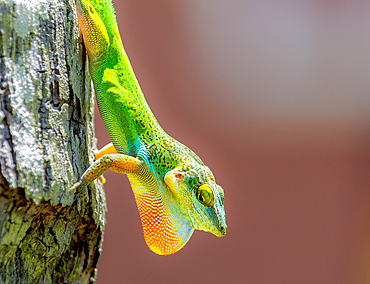
Antiguan Anole Lizard (Anolis Leachii), with dewlap extended, Bermuda, North Atlantic, North America
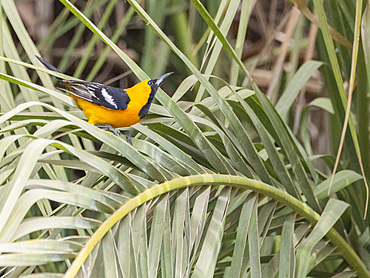
A male hooded oriole (Icterus cucullatus), in courtship, San Jose del Cabo, Baja California Sur, Sea of Cortez, Mexico, North America

Galapagos Land Iguana (Conolophus subcristatus), large lizard can can grow to five feet long and live for 60 years, South Plaza island, Galapagos, UNESCO World Heritage Site, Ecuador, South America
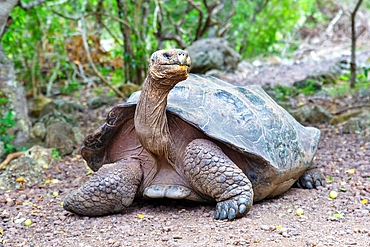
Galapagos Giant Tortoise (Chelonoidis chathamensis), can live for over 100 years, San Cristobal island, Galapagos, UNESCO World Heritage Site, Ecuador, South America
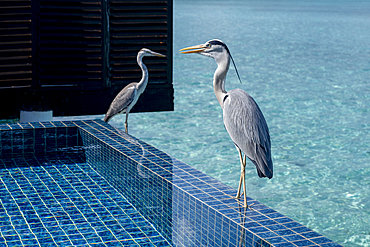
Two Grey Herons (Maakana) on the edge of a swimming pool overlooking the lagoon on an exotic Island in The Maldives, Indian Ocean

Bronze-winged jacana (metopidius indicus) in its natural habitat, Poovar island, Kerala, India, Asia

Adult Swallow-tailed gull (Creagrus furcatus) in the Galapagos Island Archipelago, UNESCO World Heritage Site, Ecuador, South America
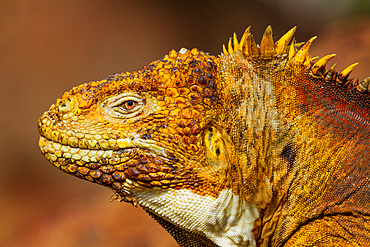
The very colorful Galapagos land iguana (Conolophus subcristatus) in the Galapagos Island Archipelago, UNESCO World Heritage Site, Ecuador, South America
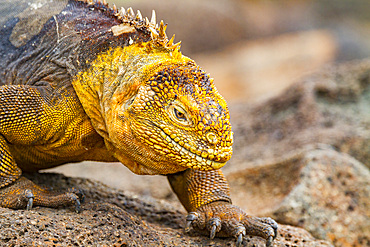
The very colorful Galapagos land iguana (Conolophus subcristatus) in the Galapagos Island Archipelago, UNESCO World Heritage Site, Ecuador, South America

By-the-wind sailor (Velella velella), held in a hand without stinging just outside Newport Beach, California, United States of America, North America

Galapagos Land Iguana (Conolophus subcristatus), large lizard can can grow to five feet long and live for 60 years, South Plaza island, Galapagos, UNESCO World Heritage Site, Ecuador, South America

Heermann's gulls (Larus heermanni), feeding on the beach at Isla Carmen, Baja California Sur, Sea of Cortez, Mexico, North America

Brown booby (Sula leucogaster), in flight off small islet north of Isla San Marcos, Baja California Sur, Sea of Cortez, Mexico, North America
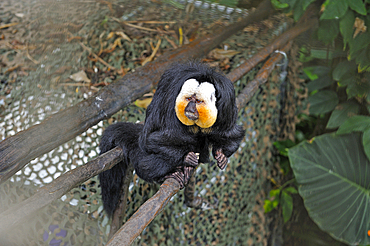
White-faced saki (Pithecia pithecia), Rainforest Pyramid, Moody Gardens, Galveston island, Gulf of Mexico, Texas, United States of America

Grey Heron (Maakana) on the edge of a swimming pool overlooking the lagoon on an exotic Island in The Maldives, Indian Ocean
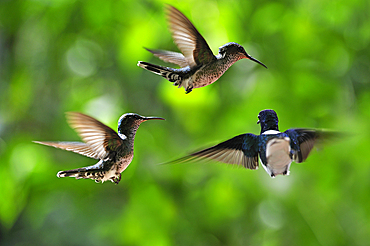
Florisuga mellivora (White-necked Jacobin) hovering, Soberania National Park, Republic of Panama, Central America
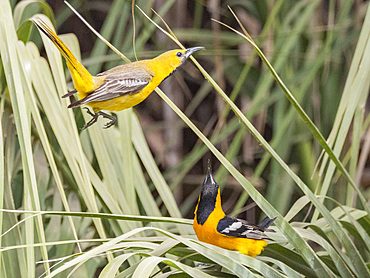
A pair of hooded orioles (Icterus cucullatus), in courtship, San Jose del Cabo, Baja California Sur, Sea of Cortez, Mexico, North America

Three Blue-headed parrots (Pionus menstruus) perching on tree, Tambopata National Reserve, Puerto Maldonado, Tambopata Province, Madre de Dios, Peru, South America
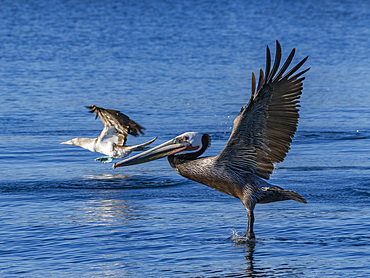
Adult brown pelican (Pelecanus occidentalis), taking flight on a small islet near Isla Salsipuedes, Baja California, Mexico, North America
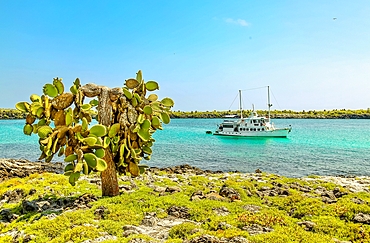
Opuntia (Prickly Pear) cacti on South Plaza island, Galapagos, UNESCO World Heritage Site, Ecuador, South America
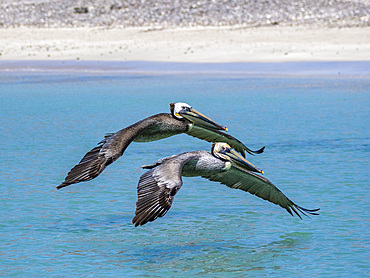
Adult brown pelicans (Pelecanus occidentalis), flying in formation, Isla Carmen, Baja California Sur, Mexico, North America
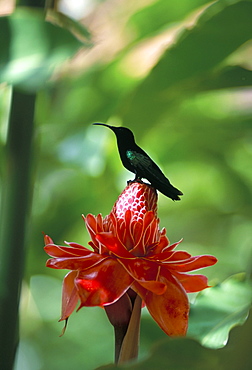
Blue headed colibri bird, Ancient Domaine Limbe, Sainte Marie Commune, Martinique, French Antilles, Caribbean, Central America
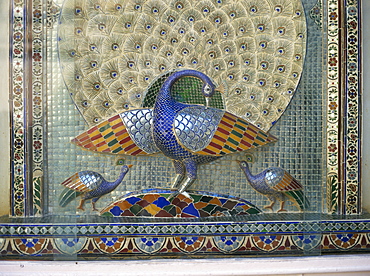
Glass mosaic peacock dating from the late 19th century, in City Palace (Mor Chowk), Udaipur, Rajasthan state, India, Asia
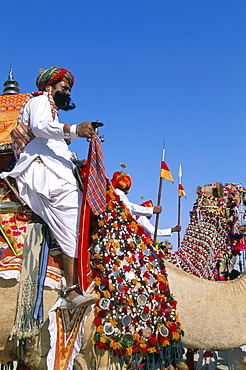
Camel adorned with colourful tassel and bridles, with camelier, Bikaner Desert Festival, Rajasthan state, India, Asia
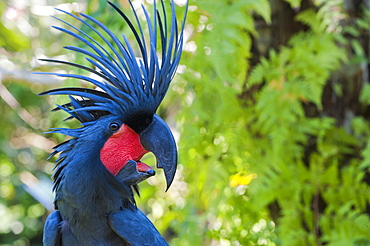
Palm cockatoo (great palm cockatoo) (Probosciger aterrimus), Bali Bird Park, Indonesia, Southeast Asia, Asia
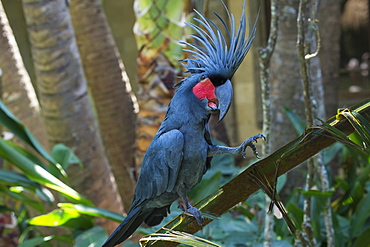
Palm cockatoo (great palm cockatoo) (Probosciger aterrimus), Bali Bird Park, Indonesia, Southeast Asia, Asia
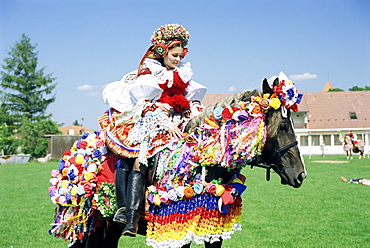
Young woman wearing folk dress on horseback, Ride of the Kings Festival, village of Vlcnov, Moravian Slovacko, Vlcnov, Zlinsko, Czech Republic, Europe

One of the king's companions wearing folk dress, Ride of the Kings Festival, village of Vlcnov, Moravian Slovacko region, Vlcnov, Zlinsko, Czech Republic, Europe
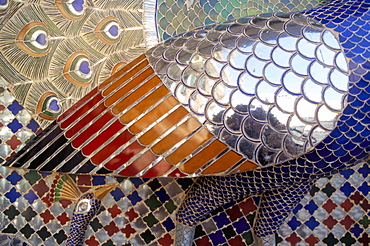
Close-up of decoration on the walls of the City Palace, built in 1775, Udaipur, Rajasthan state, India, Asia
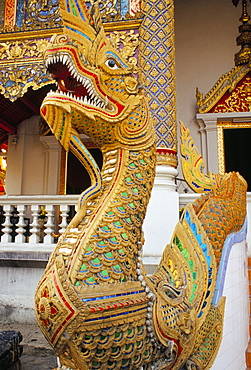
Naga (sacred snake), on chapel's front porch, Wat Chedi Luang, Chiang Mai, Thailand, Southeast Asia, Asia
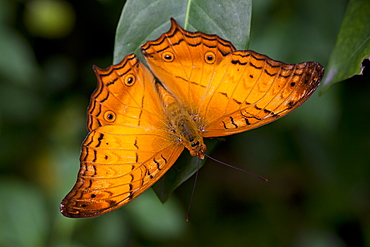
Cruiser butterfly (Vindula arsinoe) male at rest, Kuala Lumpur Butterfly Park, Kuala Lumpur, Malaysia, Southeast Asia, Asia

Mexican aztec dress gods at Grand Palladium White Sand Resort and Spa in Riviera Maya, Yucatan Peninsula, Quintana Roo, Caribbean Coast, Mexico.
Aztec clothing was generally loose fitting and did not completely cover the body. When the Spanish arrived in Mexico, the people were surprised to see them in their full armour, with only their faces exposed.
Aztec clothes were generally made of cotton (which was imported) or ayate fiber, made from the Maguey Cactus (also called the Century Plant or American Aloe). Women would weave the fibers into clothing, a task girls were taught as young teenagers. Because of their vast trading network, the Aztecs were able to make use of a beautiful array of dyes, creating the brilliant
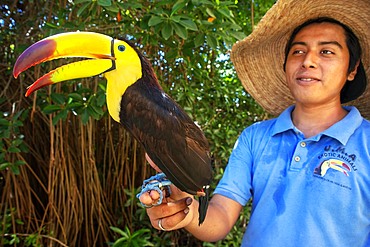
A Mexican staff member holds a tucan at Grand Palladium White Sand Resort and Spa in Riviera Maya, Yucatan Peninsula, Quintana Roo, Caribbean Coast, Mexico

Mexican aztec dress gods at Grand Palladium White Sand Resort and Spa in Riviera Maya, Yucatan Peninsula, Quintana Roo, Caribbean Coast, Mexico.
Aztec clothing was generally loose fitting and did not completely cover the body. When the Spanish arrived in Mexico, the people were surprised to see them in their full armour, with only their faces exposed.
Aztec clothes were generally made of cotton (which was imported) or ayate fiber, made from the Maguey Cactus (also called the Century Plant or American Aloe). Women would weave the fibers into clothing, a task girls were taught as young teenagers. Because of their vast trading network, the Aztecs were able to make use of a beautiful array of dyes, creating the brilliant
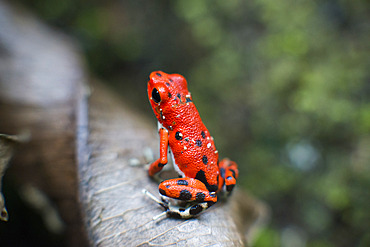
Strawberry Poison Frog (Dendrobates pumilio), adult, Bastimentos National Park, Bocas del Toro, Panama. The strawberry poison frog or strawberry poison-dart frog (Oophaga pumilio or Dendrobates pumilio) is a species of small amphibian poison dart frog found in Central America. It is common throughout its range, which extends from eastern central Nicaragua through Costa Rica and northwestern Panama. The species is often found in humid lowlands and premontane forest, but large populations are also found in disturbed areas such as plantations. The strawberry poison frog is perhaps most famous for its widespread variation in coloration, comprising approximately 15���30 color morphs, most of which are presumed to be true-breeding. O. pumilio, while not the most poisonous of the dendrobatids, is the most toxic member of its genus. The species is most diverse in Panama with varieties in vivid shades of all red, orange, blue, yellow or green, green and yellow, white with red, orange or black and spotted varieties. The most colorful mix is found in Isla Bastimentos Marine National Park though not all in one place. Colors vary by location. A beach on the north side of the island is named after the species. Two of Southern Explorations' Panama tours visit red frog habitat. Both the eight-day Panama Adventure trip and eleven-day Panama Highlights trip spend time in Isla Bastimentos Marine National Park and the former also goes to Red Frog Beach.
The red frog is not as poisonous as some of its cousins and is not a threat to humans. It subsists on a diet of ants that dine on poisonous plants, providing the red frog its protective skin toxin. Males attract females with a loud quick chirp. To hear the distinctive sound before you depart on your Panama tours, go to the University of Michigan Museum's biodiversity website (www.animaldiversity.ummz.umich.edu.) After birth, the tadpoles climb aboard the mother who deposits them in different protected areas where she retu
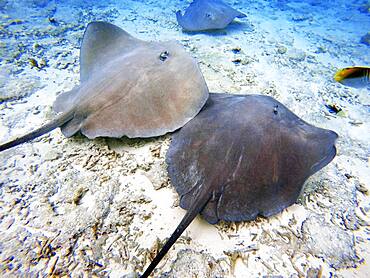
Sting rays in the shallow waters of the Bora Bora lagoon, Moorea, French Polynesia, Society Islands, South Pacific. Cook's Bay.


